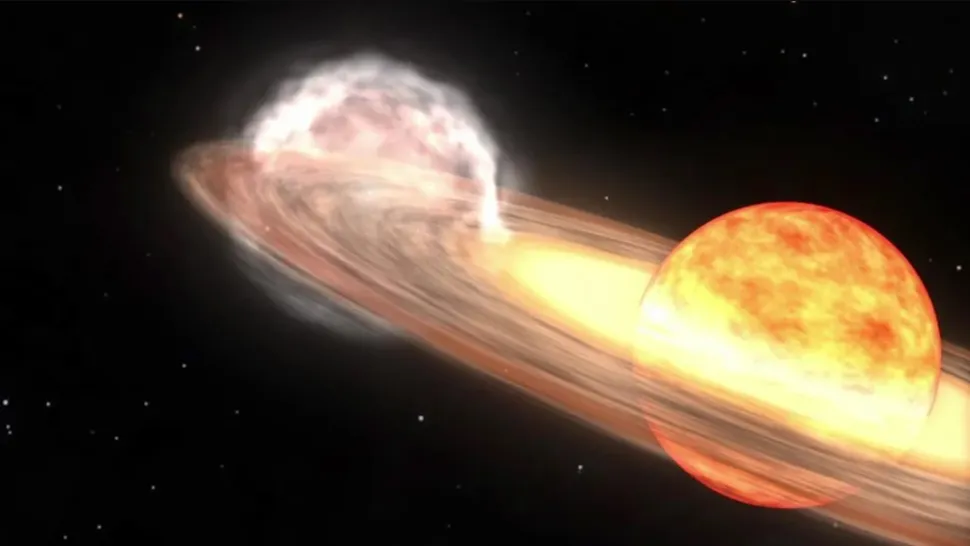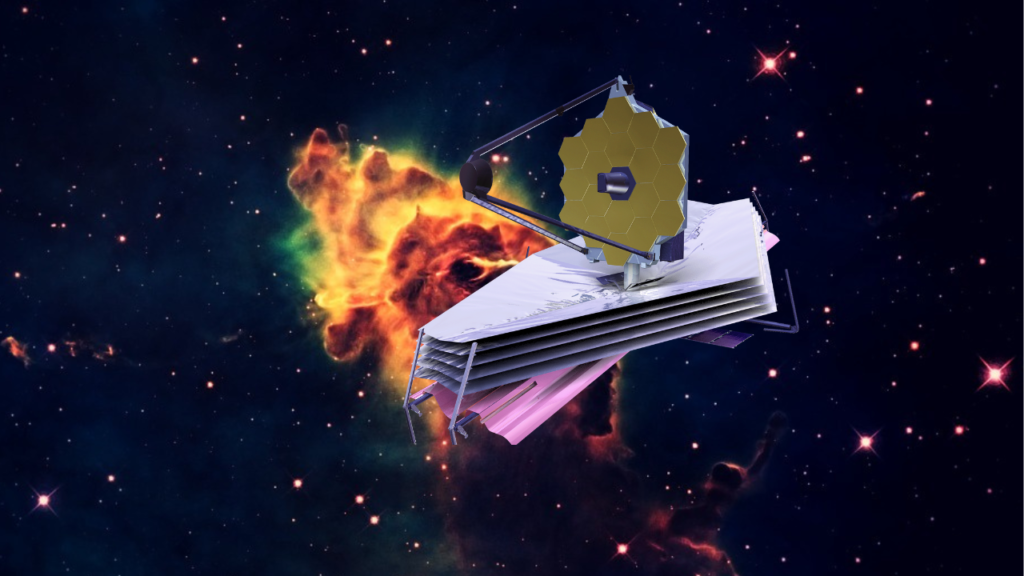If you’ve always wanted to witness a stellar explosion, your time is about to come.
T Coronae Borealis, also known as T CrB (pronounced tee-core-bore) or the “Blaze Star,” is on the precipice of a massive explosion — one that should be visible from Earth.
According to calculations by Brad Schaefer, Professor Emeritus of Astronomy at Louisiana State University, along with data from amateur astronomers affiliated with the American Association of Variable Star Observers (AAVSO), the nova should occur within a few months of May 2024.
T CrB is a binary star system some 3,000 light-years away that consists of a white dwarf and a red giant. It’s also a recurrent nova, which means the system explodes regularly. (That’s what makes this a nova rather than a supernova — the latter is a one-and-done event that’s a dying star’s last breath.)
Humans first recorded T CrB’s nova in the year 1217; German abbey leader Abbott Burchard wrote about “a faint star that for a time shone with great light.” Since then, we’ve observed two more of T CrB’s novas, most recently in 1946. Even though we’ve only witnessed three events, scientists believe the explosions occur quite regularly, once every 79 or 80 years, which puts us on target right now.
Plus, in March 2023, they noticed a “pre-eruption dip” in T CrB’s brightness, indicating that the nova should occur imminently.
“There are a few recurrent novas with very short cycles, but typically, we don’t often see a repeated outburst in a human lifetime, and rarely one so relatively close to our own system,” Dr. Rebekah Hounsell, an assistant research scientist specializing in nova events at NASA’s Goddard Space Flight Center, said in a statement. “It’s incredibly exciting to have this front-row seat.”
Once T CrB goes nova, it should appear as an extremely bright star in the night sky, and you’ll be able to witness this brightness for about a week. To see it, you’ll want to look for the constellation Hercules, between the bright stars of Vega and Arcturus. Just to its side is a U-shaped curve of stars called the Northern Crown. T CrB is located in this crown, and once it goes nova, you shouldn’t be able to miss it with the naked eye.
“Typically, nova events are so faint and far away that it’s hard to clearly identify where the erupting energy is concentrated,” aid Dr. Elizabeth Hays, chief of the Astroparticle Physics Laboratory at NASA Goddard. “This one will be really close, with a lot of eyes on it, studying the various wavelengths and hopefully giving us data to start unlocking the structure and specific processes involved. We can’t wait to get the full picture of what’s going on.”
As soon as we get word that the nova is underway, we’ll be sure to provide updates.
Source: https://www.space.com/the-universe/stars/once-in-a-lifetime-star-explosion-visible-from-earth-could-happen-any-day-now



